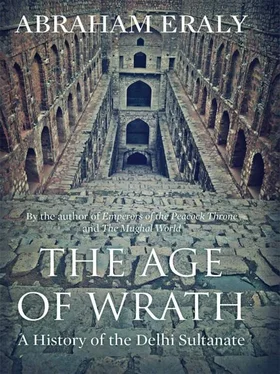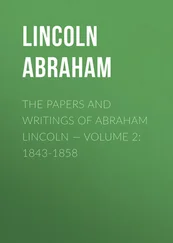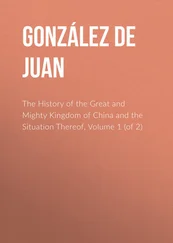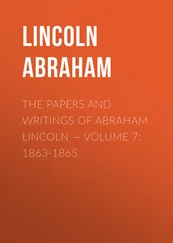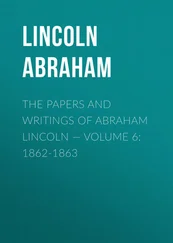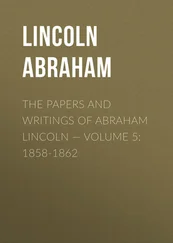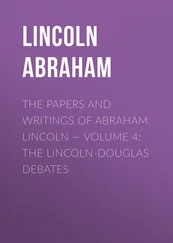MUHAMMAD’S FAR-SIGHTED AND conciliatory policy towards Sindhis paid good dividends, for many local chieftains, as well as the gentry and the common people, responded to it by peacefully submitting to him. And several of them, including some chieftains, even a son of Dahar, became Muslims, and took Arab names — mainly, we may assume, to retain their power or to gain other temporal advantages, though some probably had a genuine change of faith. There does not seem to have been any large number of forced conversions by Muhammad. According to Chach-nama , the good conduct of Muhammad ‘dispelled the fear of the Arab army from the minds of those who offered allegiance, and brought those to submission who were inimically disposed.’
Another major reason for the easy submission of Sindhis to Arabs was their general belief, based on an ancient astrological prediction, that it would be futile for them to resist Arabs, for they (Arabs) were destined to be victorious. ‘In the books of the Buddhists it is predicted, upon astrological calculations, that Hindustan shall be captured by Muhammadans … It is the will of god,’ stated a local chieftain to his clansmen as he prepared to surrender to Muhammad.
Yet another factor that facilitated the easy advance of Muhammad in Sind was that a good number of the people there at this time were Buddhists, and they, notes Chach-nama , peacefully surrendered to Muhammad, telling him, ‘Our religion is one of peace and quiet; fighting and slaying, as well as all blood-shedding are prohibited to us.’ This pacific attitude of Buddhists was motivated, apart from their anxiety to prevent carnage, by their desire to protect their business interests, for they were the dominant commercial community in Sind, and antagonising Arabs would have seriously harmed their business.
It was on the whole a smooth passage for Muhammad in Sind. But during his northward thrust to confront Dahar he was delayed for some months on the western bank of the Indus, as a number of his soldiers were there afflicted with scurvy, and many of his horses died of some disease. Hajjaj then sent him medicines and reinforcements, and eventually, in June 712, Muhammad crossed the river and advanced on the fortress of Brahmanabad, where Dahar was stationed.
As Muhammad approached the fortress, he was confronted (according to an evidently exaggerated account) by Dahar with a huge army consisting of 50,000 cavalry. He even had 500 Arabs in his army, according to Chach-nama . ‘A dreadful conflict ensued, such as had never been heard of,’ comments Al-Biladuri. Dahar, as was usual among Indian kings, led his army mounted on a huge elephant. His high visibility was meant to inspire his army, but it also made him an easy target for enemy sharpshooters. And, as it happened, an Arab soldier ‘shot his naphtha arrow into Dahar’s howdah and set it on fire,’ reports Chach-nama . Dahar then, according to Al-Biladuri, ‘dismounted and fought valiantly, but was killed towards the evening. The idolaters then fled, and Musulmans glutted themselves with massacre.’ Dahar’s head was severed and sent to the Caliph as a trophy, along with his share of the booty taken in the campaign.
As the Arabs charged into the fortress, one of Dahar’s queens committed sati, but another, Rani Ladi, surrendered and eventually married Muhammad. Two of Dahar’s maiden daughters, Suryadevi and Parmaldevi, who were found in the fort, were sent by Muhammad to the Caliph, as a part of the homage due to him.
After capturing Brahmanabad, Muhammad spent some time there, organising the administration of the conquered territories. He then continued his northward advance, fighting several battles along the way, and captured the city of Multan.
It had been a brilliant campaign by Muhammad all along. But presently he was overtaken by a dreadful misfortune, which ended his career while it was still in full bloom.
THE CAUSE OF Muhammad’s tragic end is given variously in contemporary chronicles. According to Chach-nama , this was a vengeance wreaked on him by the two Sind princesses he had sent to the Caliph’s harem. The story, as told in Chach-nama , is that one night some days after the princesses arrived, the Caliph had the older princess, Suryadevi, brought to him. When he made her sit down, ‘and she uncovered her face … [he] was enamoured of her surpassing beauty and charms. Her powerful glances robbed his heart of patience, and he laid his hand upon her and drew her towards him.’ But she shrank away from his touch and stood up, and said that she was not worthy of him, for Muhammad had violated her before sending her to him. This so enraged the Caliph that he right away, without any enquiry whatever, despatched an imperative order to Muhammad that he should, directly on receipt of the order, ‘suffer himself to be sewed up in a hide and sent to the capital.’
Muhammad obeyed immediately, as expected of a loyal Arab officer. He was then tightly sewed up in a hide and sent to Baghdad in a locked chest. Predictably he died of suffocation on the way. When the chest arrived at the Caliph’s palace, he showed the corpse to Suryadevi, to impress her with his power. ‘The virtuous … [princess then] put off the veil from her face, placed her head on the ground,’ and told the Caliph that he had made a dreadful mistake in punishing Muhammad. ‘It is proper that a king should test with the touchstone of reason and weigh in his mind whatever he hears from friend or foe,’ she told him. ‘And when it is found to be true and indubitable, then orders compatible with justice should be given … Your gracious mind is wanting in reason and judgement. Muhammad Qasim respected our honour, and behaved like a brother or son to us, and he never touched us … with a licentious hand. But he had killed the king of Hind and Sind, he had destroyed the dominion of our forefathers, and he had degraded us from the dignity of royalty to a state of slavery. Therefore, to retaliate and to revenge these injuries, we uttered a falsehood before the Caliph … Through this fabrication and deceit we have taken our revenge.’ The Caliph then, overcome with remorse and wrath, ‘bit the back of his hand’ and immediately ordered the princesses to be entombed alive, thus inflicting on them a fate similar to that suffered by Muhammad.
This tragic tale is usually discounted by historians as mere romance, but the story is no more incredible than many other similar historical accounts of royal vengeance, though some of the detail in it — the words spoken by the princess, for instance — are obviously frills added to it by its raconteur. The plausibility of the Chach-nama story is also indicated by the fact that this work was written not long after the Arab invasion of Sind, so the writer could not have deviated too far from the actual events without exposing himself to ridicule. The other account of Muhammad’s end — that he was tortured and put to death by the Caliph due to family enmity — is of a later period, though it is possible that family enmity was also a factor in the Caliph’s ill-treatment of Muhammad. Whatever it was that actually happened, it is certain that Muhammad’s life ended tragically. He had been in Sind for only about three years, but during that short period he had won the affection of the people there by his prudence and benevolence so that, according to Al-Biladuri, ‘the people of Hind wept for him’ on hearing his tragic end.
The history of Arabs in Sind after the departure of Muhammad is obscure. Presently the Arab power declined everywhere in Eurasia, and Turks seized from them the political and military leadership in the Muslim world. Although the Arab state in Sind endured for some three centuries, it made no major gains in territory or power during this period. The successors of Muhammad did at one time, in the second quarter of the eighth century, overrun a good part of Rajasthan and Gujarat, and advanced as far as Ujjain, but these gains were transitory, for Arabs were presently pushed back into Sind by Chalukyas of northern Deccan and Pratiharas of Malwa. The Arab expansion northward towards Kashmir and Kanauj was also repulsed, by Lalitaditya of Kashmir and Yasovarman of Kanauj.
Читать дальше
